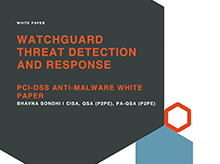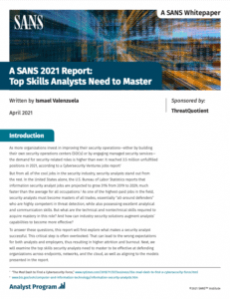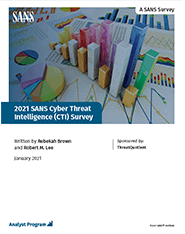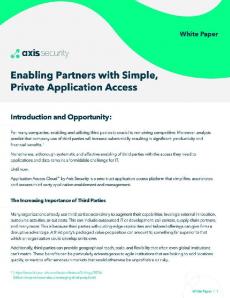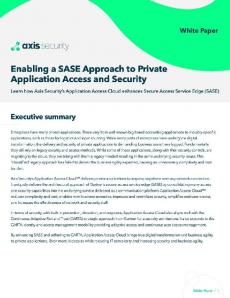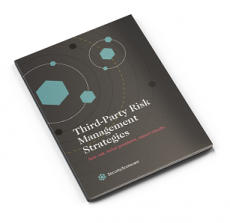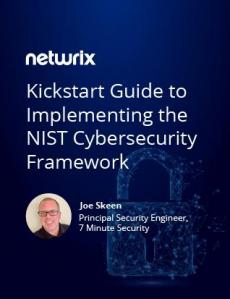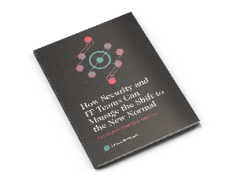Threat Detection and Response Validated for PCI DSS Anti-Malware
Respected PCI-Qualified Security Assessor Coalfire recently completed a technical assessment of the WatchGuard Threat Detection and Response (TDR) solution, validating it for PCI DSS anti-malware use cases. Download the whitepaper to learn more!


